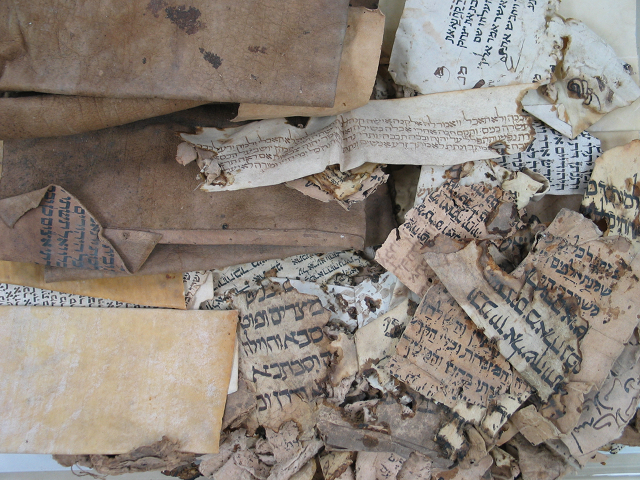This is part of a series of posts looking at how cultural institutions are using apps and other mobile web technologies to engage their audiences. In a previous post, I sketched out the broader challenges and opportunities of the ‘mobile revolution’. Here, I’ll be looking specifically at apps.

13 October, 2012
Choosing to create an app must – in the end – be informed by the available budget. At the time of writing, based on personal experience and conversations with software developers and museum practitioners and taking internal staff costs into consideration, apps can cost anything from around £8,000 to £40,000. For smaller cultural institutions, this may appear prohibitive. But by their very nature, apps cut across the traditional functions of curatorial-interpretation on the one hand and marketing-outreach on the other; so they might draw on funding from across those departments. Institutions might consider whether an app could achieve the same amount of publicity as a city poster campaign, bring in a larger audience than a re-design of the website, or be used to deliver the handheld interpretation at a temporary exhibition.
But what can apps actually do? In broad terms, based on the nature of their content, apps can be divided into three categories:
Keep reading…





 15 September, 2012
15 September, 2012



